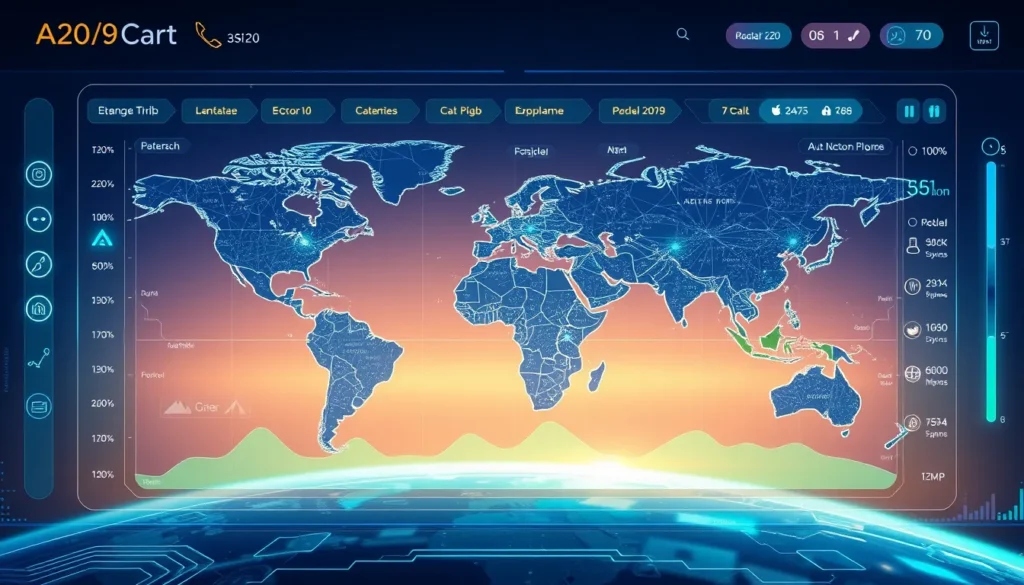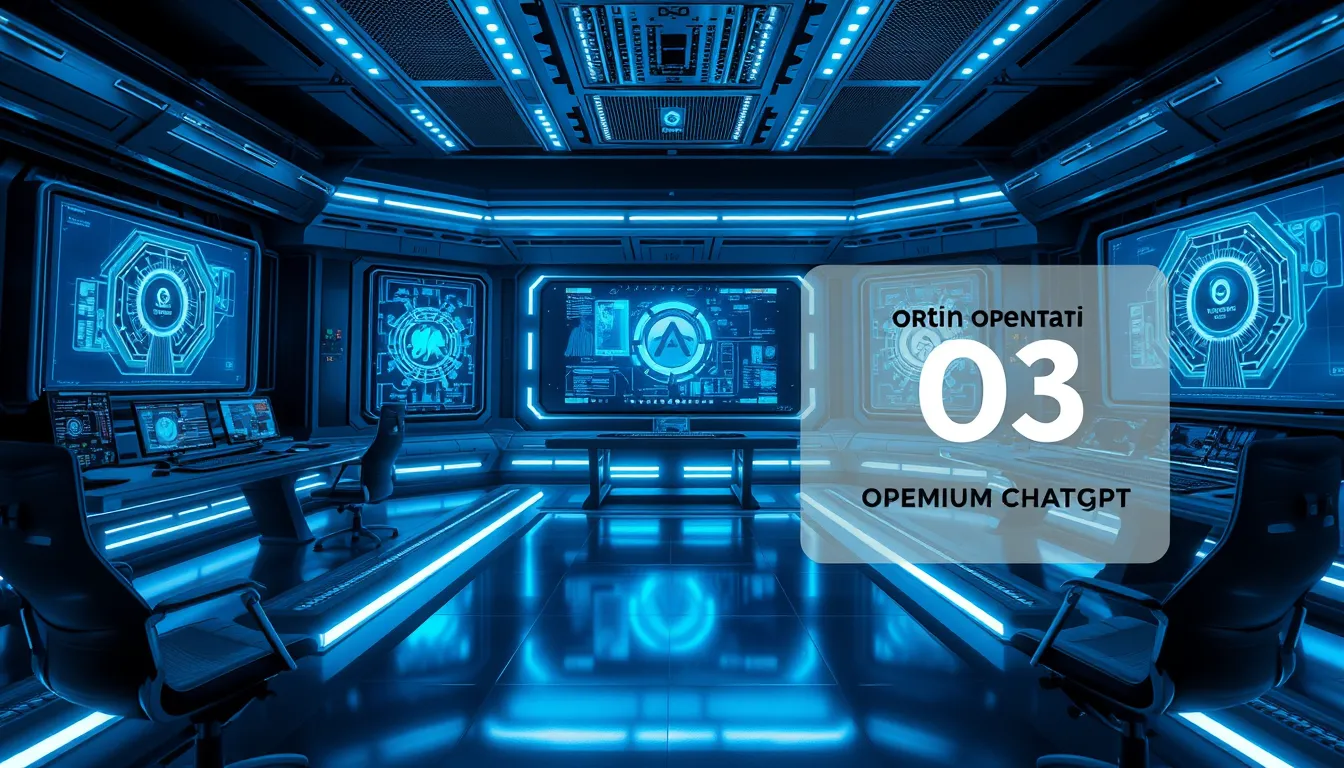Now Reading: Brain-Computer Interface and Brain Chip: The New Frontier
-
01
Brain-Computer Interface and Brain Chip: The New Frontier
Brain-Computer Interface and Brain Chip: The New Frontier

Innovative Brain-Computer Interface and Brain Chip: The New Frontier
In a revolutionary leap for neurotechnology, an industry-defining brain-computer interface and brain chip project is reshaping the way we interface with digital systems. Backed by renowned tech leader Gabe Newell and underpinning the excitement around Valve’s innovative approach, this development is setting new standards across gaming, medical restoration, and neural interface technology.
The Emergence of the Starfish Chip
Dubbed the Starfish chip, this breakthrough device is poised to become one of the most talked-about advancements in neurotechnology. Designed using state-of-the-art microelectronics and neural recording techniques, the chip aims to bridge the gap between biological systems and digital communication. As a cutting-edge rival to Neuralink’s offerings, the Starfish chip is rapidly drawing attention for its robust design and promising applications.
Engineering Breakthroughs Behind the Innovation
Driven by the ambition to push boundaries, the engineering team has focused on several core improvements:
- Enhanced bandwidth for smoother neural signal transmission.
- Lower power consumption ensuring extended device use.
- Superior safety features that prioritize biocompatibility and patient well-being.
This combination of technical achievements establishes the chip as one of the most advanced brain-computer interface and brain chip innovations currently available. The design also emphasizes biocompatible neural recording chip technology, making it a viable option for both medical applications and high-end consumer electronics.
Impact on Gaming and Medical Restoration
One of the standout features of this brain chip is its versatility. In the gaming industry, the innovative brain chip for gaming applications promises immersive and thought-driven experiences that could redefine interactivity. Gamers might soon enjoy interfaces that react directly to neural commands, providing a far more engaging and intuitive experience. For those interested in more technical details, this technology represents a major step in advanced brain-machine communication.
Beyond gaming, the chip’s potential in medical restoration is equally promising. By restoring motor functions and assisting with neurological rehabilitation, neural interface technology is opening avenues for patients who have suffered from injuries or neurological impairments. Detailed studies on neural interfaces suggest that this breakthrough could dramatically improve quality of life, aiding therapies for speech restoration and prosthetic control.
The Role of Gabe Newell and Industry Insight
Gabe Newell’s involvement has lent significant credibility to the project. Known for spearheading innovations at Valve (visit Valve Software for more details), Newell’s reputation in the tech and gaming industries bolsters the credibility of this venture. His leadership underscores the potential for this brain chip to not only match but possibly surpass current benchmarks set by competitors like Neuralink.
Overcoming Challenges and Ethical Considerations
Despite the promising advancements, there are notable challenges the project must overcome. Key issues include:
- Regulatory approval and rigorous clinical testing.
- Ethical concerns surrounding data privacy and security.
- The need for comprehensive safety evaluations in invasive neural procedures.
The development team is fully aware of these challenges and has committed to a transparent process throughout the chip’s lifecycle—from laboratory research to potential human trials. This careful approach ensures that every advancement in brain-computer interface and brain chip innovation is ethically sound and prioritizes patient safety.
Long-Tail Innovations and Niche Applications
The project also gives space to niche innovations, such as the innovative brain chip for gaming and other specialized applications that might cater to enthusiasts and professionals alike. The integration of a biocompatible neural recording chip ensures that the product is suitable for a wide range of applications, from cognitive computing to rehabilitative therapies. Moreover, the future may see the development of advanced brain-machine communication systems that could revolutionize personal entertainment and healthcare.
Future Perspectives and Industry Impact
The introduction of this brain chip is anticipated to spark a wave of innovation across multiple sectors. As tech firms and researchers pursue similar technologies, we can expect the emergence of a robust ecosystem of brain-computer interface solutions. This competitive landscape not only accelerates technological advancements but also offers end users safer, more versatile, and cost-effective options.
Looking forward, the implications extend far beyond simple device integration. As neural interfaces become more commonplace, they may facilitate a smoother interconnection between digital tools and human biology. This convergence is expected to reshape the future of interactive media, healthcare technology, and even everyday communication.
Key Takeaways
- The brain-computer interface and brain chip project is set to redefine neurotechnology.
- The Starfish chip represents a significant advancement, combining innovative design with practical applications in both gaming and medical fields.
- With strong leadership from Gabe Newell, the venture could challenge industry giants such as Neuralink.
- Ethical and regulatory challenges are being addressed with a commitment to safety and transparency.
Conclusion
In summary, the advent of this brain-computer interface and brain chip marks a pivotal moment in the evolution of neurotechnology. By blending cutting-edge engineering, robust safety measures, and versatile applications, the Starfish chip is positioned to transform how we interact with digital systems. Its revolutionary design not only enhances gaming and medical restoration but also opens up new avenues for research and development in neural interface technology.
As the launch approaches later this year, industry experts, tech enthusiasts, and clinical professionals alike remain keenly interested. The prospective impact of the device promises a dynamic shift in our technological landscape – a leap that may well redefine the boundaries between the human mind and machine intelligence.
For further updates and detailed insights into this groundbreaking technology, stay tuned to reliable sources and official announcements from Valve and affiliated research bodies. The future of brain-computer interfaces and brain chips is here, and it is destined to change the world.

























